The species has been provisionally named the blind cave fish, a form of life endemic to completely dark environments where light cannot penetrate through limestone layers hundreds of millions of years old.
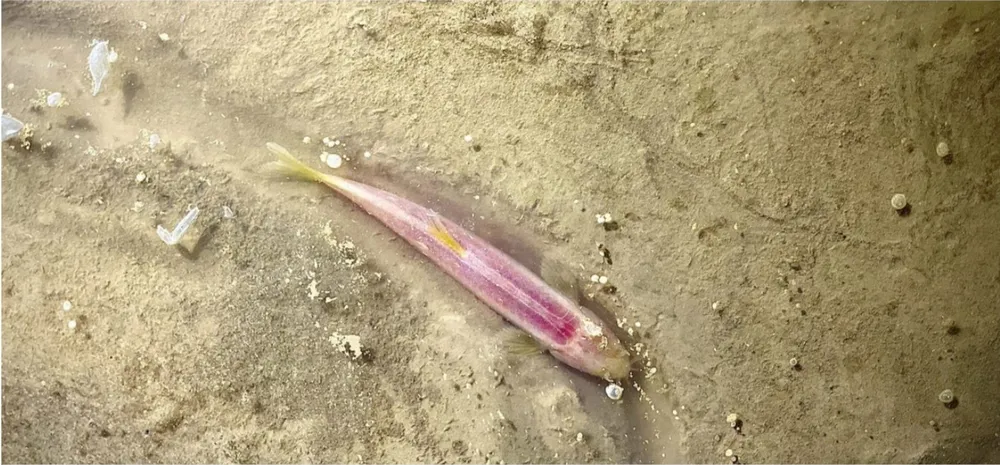
Cave blind fish lack eyes, a characteristic of creatures that have evolved in environments with prolonged lack of light. Instead of sight, they have developed the ability to sense vibrations and water pressure through a system of extremely sensitive fins and whiskers, thereby locating prey, currents and objects in the harsh cave environment.
The first individuals were recorded living in Son Doong Cave, Va Cave, Hung Thong Cave in Phong Nha – Ke Bang National Park. Meanwhile, on the Lao side, Xe Bang Fai Cave in Hin Nam No area is also where traces of similar blind fish species were discovered.
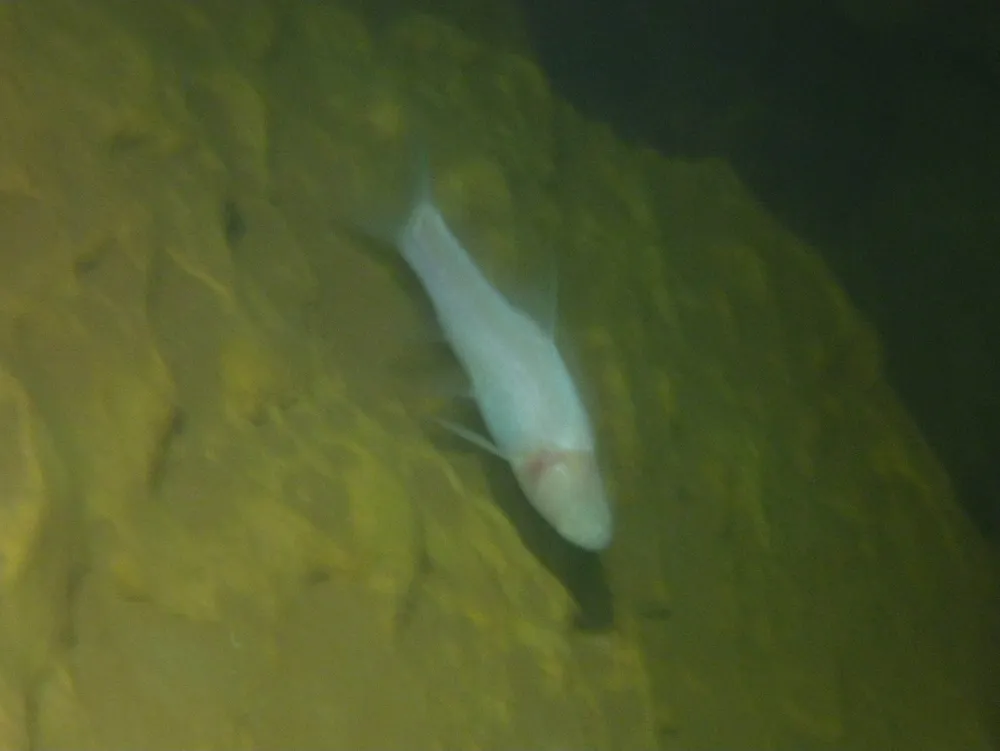
According to Mr. Thai, the fact that blind fish were found on both sides of the Vietnam-Laos border is an important indicator confirming the ecological connection between the two adjacent heritages. Both Phong Nha-Ke Bang and Hin Nam No are located in ancient limestone blocks hundreds of millions of years old, where a complex and closed network of underground rivers and caves has been formed, creating conditions for the formation of biological populations isolated from the outside world .
Currently, American scientists are working with local experts to collect blind fish samples from two cave systems to decode their DNA, to determine whether they belong to the same species or two separate evolutionary branches, which is not only meaningful in biological classification but also reveals the process of isolated evolution in closed caves.
If confirmed as conspecific, this would be one of the few organisms recognized as endemic to transboundary heritage, with enormous significance for biodiversity conservation.
Source: https://www.sggp.org.vn/phat-hien-ca-mu-hang-dong-tai-di-san-phong-nha-ke-bang-va-hin-nam-no-post805416.html



![[Photo] National Assembly Chairman Tran Thanh Man received a delegation of the Social Democratic Party of Germany](https://vphoto.vietnam.vn/thumb/1200x675/vietnam/resource/IMAGE/2025/10/28/1761652150406_ndo_br_cover-3345-jpg.webp)

![[Photo] Flooding on the right side of the gate, entrance to Hue Citadel](https://vphoto.vietnam.vn/thumb/1200x675/vietnam/resource/IMAGE/2025/10/28/1761660788143_ndo_br_gen-h-z7165069467254-74c71c36d0cb396744b678cec80552f0-2-jpg.webp)

![[Photo] Prime Minister Pham Minh Chinh chaired a meeting to discuss solutions to overcome the consequences of floods in the central provinces.](https://vphoto.vietnam.vn/thumb/1200x675/vietnam/resource/IMAGE/2025/10/29/1761716305524_dsc-7735-jpg.webp)






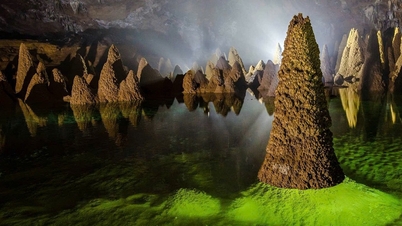

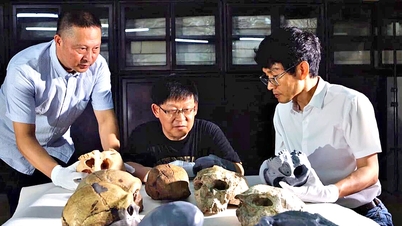


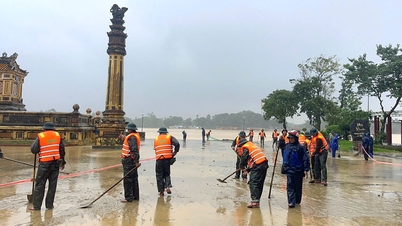











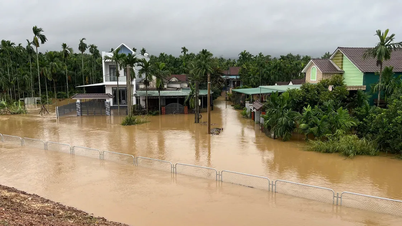



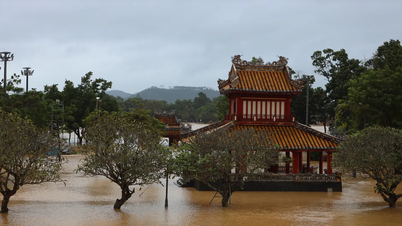

![[Photo] President Luong Cuong attends the 80th Anniversary of the Traditional Day of the Armed Forces of Military Region 3](https://vphoto.vietnam.vn/thumb/1200x675/vietnam/resource/IMAGE/2025/10/28/1761635584312_ndo_br_1-jpg.webp)
![[Photo] Draft documents of the 14th Party Congress reach people at the Commune Cultural Post Offices](https://vphoto.vietnam.vn/thumb/1200x675/vietnam/resource/IMAGE/2025/10/28/1761642182616_du-thao-tai-tinh-hung-yen-4070-5235-jpg.webp)







































































Comment (0)